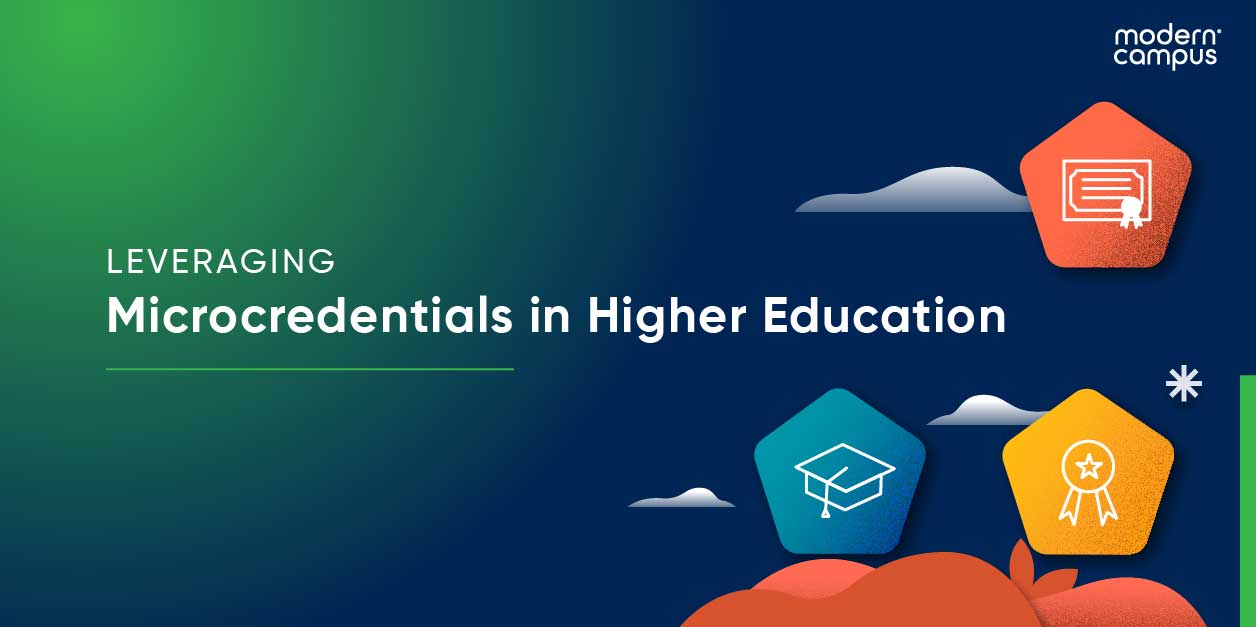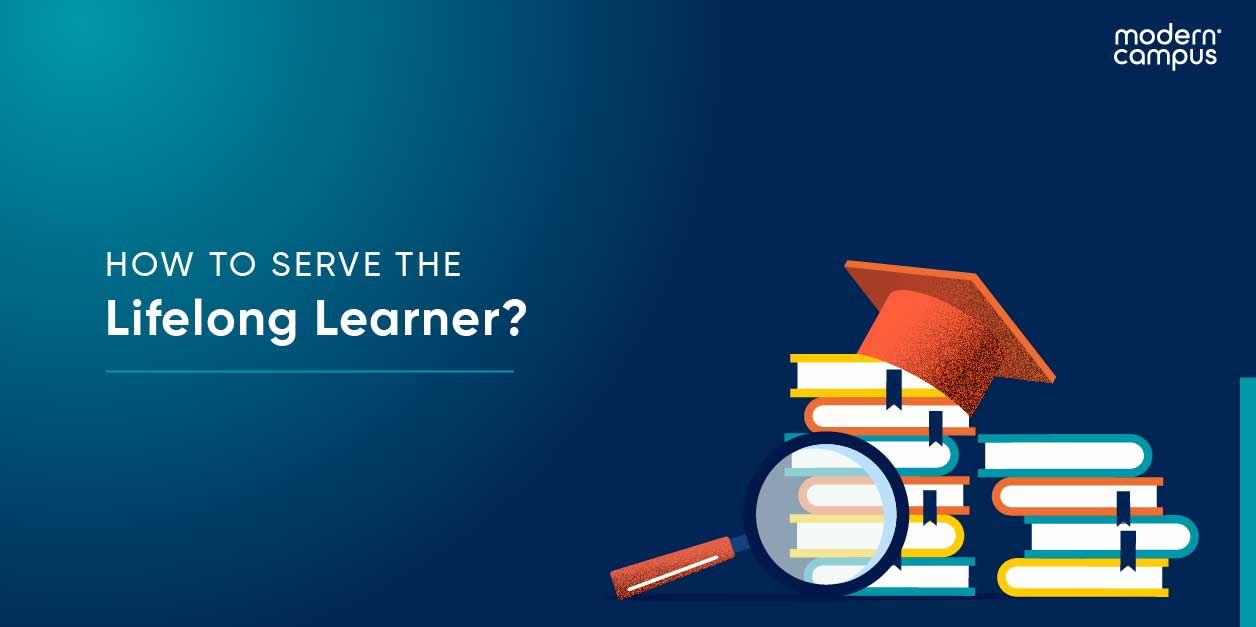Getting Adult Learners Back into the Workforce through Continuing Education

The disruption caused by the pandemic has left hundreds of thousands of people unemployed or in need to upskill or reskill in order to stay relevant in the workforce. It also turned higher education on its axis, highlighting the need to reshape current structures to fit a lifelong learning model.
Education doesn’t stop once a student has completed a two- or four-year degree. In today’s rapidly evolving workforce—and recognizing that change will only accelerate into the future—employee skills need to be updated constantly to match the pace of industry.
Today’s skill requirements outpace traditional degree programs, and learners are looking to higher education for an alternative (and faster) solution.
In the fifth episode of Illumination by Modern Campus, Jessica Moran, Dean of Instruction for Los Banos Campus and Off Campus Centers at Merced College, highlights higher education’s role in helping learners get back into the workforce.
Moran said every college leader is asking themselves the same critical question when it comes to program design and structure: “How are we going to get folks back into the workforce and get them into some sort of a living wage?”
This means breaking away from traditional academic models to provide more adaptable, accessible, and flexible programming.
They need the type of programming that Continuing Education has to offer.
With decades of experience serving non-traditional learners, Continuing Education has the confidence and ability to deliver the right programming to the right people, at the right time.
But there’s a common misconception around the community college model. Some believe that this model doesn’t lead to livable wages, and is rather a gateway for students to transfer to a college or university. Moran disagrees, explaining how adult education and non-credit provides a solution to current demands.
“We do more than just a transfer...[we look at] what the needs are in our local community, and can we then cater to develop those programs for those students,” she said.
A greater number of people are looking for these short-term solutions and Continuing Education has a greater opportunity to stand out to a wider population of prospective learners.
There’s no better way to start widening your target reach than those closest to you; Your community.
“The fact that we have the word community in our name,” Moran said, “We're really putting community back into education.”
By responding to and delivering on community needs, you begin to build trust and foster a lifelong learning ecosystem right in your backyard.
“A lot of the times you have a community that's hungry, an employer community that's hungry for skilled workers”.
This creates the perfect opportunity for partnerships. Employers will be willing to invest in current and potential employees if they know their return on investment is there.
According to Moran, employers are saying that essential skills are “really lacking in terms of new generations of workforce.”
It’s critical, according to Moran, to figure out how non-traditional students fit into the strategic implementation plan for community colleges. Institutions need to work closely with their local partners to determine where the gaps are and how they’re going to fill them.
“The only way that you're going to be relevant and stay on the radar is to be able to be part of those meetings.” And it goes both ways. Continuing Ed divisions and the broader institution need to make that initiative to be more involved to create a harmonious ecosystem.
Responding to the diversity of the community, institutions have to create opportunities for broad access pathways. This way the college can respond to the distinctly different needs for people who are at different life stages.
We’re in an environment where people are looking increasingly at alternative credentials and non-degree credentials as a pathway into the labor market. With the governor of California releasing a prospective budget of $49 billion for workforce training, this is changing the future of Continuing Education.
“It's a good time to be in our field,” she said, “Especially the impact that we'll be making for our community.”
Full Episode
Last updated: August 5, 2021


